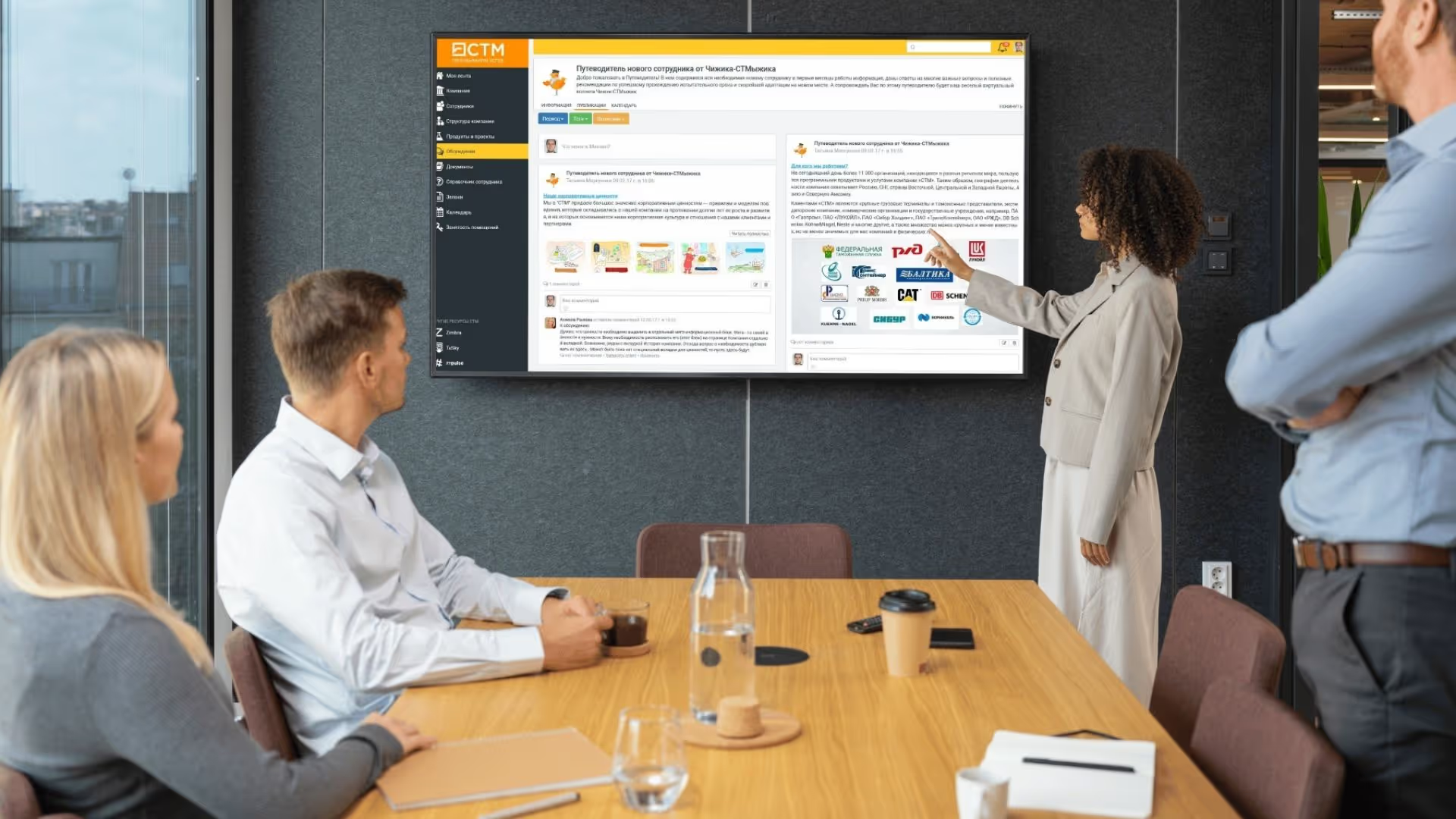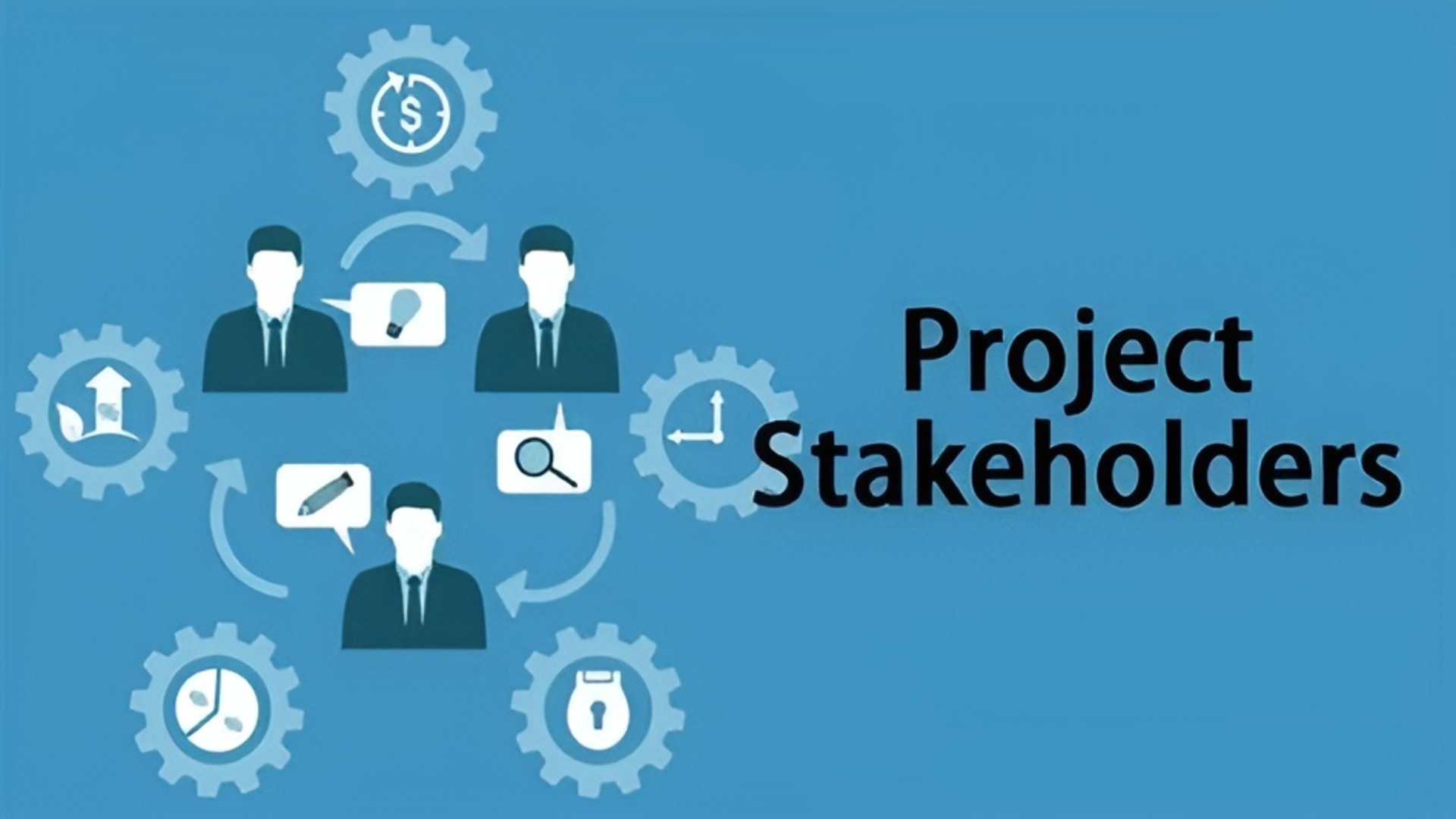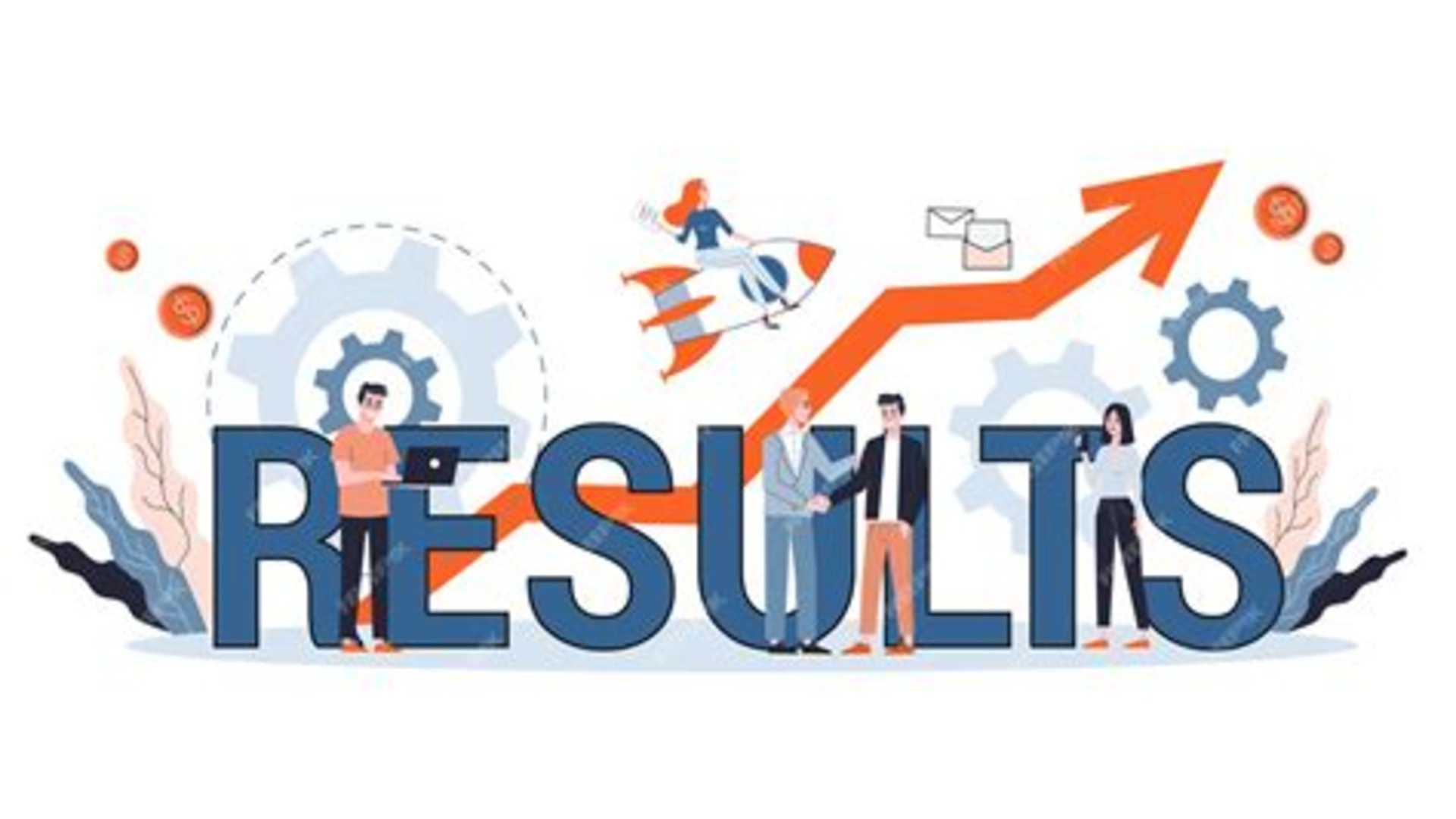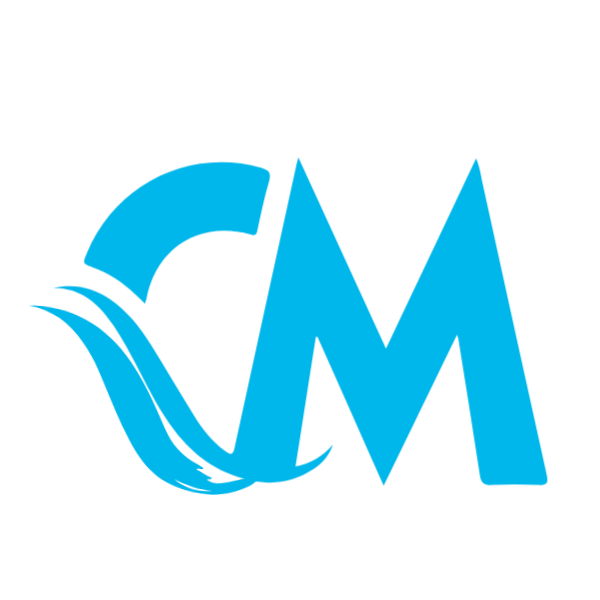INTRANET PORTAL IMPLEMENTATION

Company Intranet Portal Implementation for Enhanced Internal Communication and Collaboration
Implemented a company-wide intranet portal to enhance internal communication, streamline resource accessibility, and improve employee engagement across multiple locations. The portal centralized essential functions like meeting room reservations, leave tracking, and company updates, resulting in a 90% adoption rate within three months and fostering a more connected workplace.
- HR Leadership
- HR Branding
- Internal Communications
1. Background & Context
As our IT company grew to 150 employees across the headquarters and two remote locations, we faced challenges in internal communication, resource accessibility, and employee engagement. Important company updates were scattered across emails and chats, employees struggled to find contact information, and meeting room bookings were often mismanaged. A centralized digital workspace was needed to improve collaboration and efficiency.


2. Objectives
- Develop a company intranet portal to serve as a platform for company-wide communication, information sharing, and collaboration.
- Enhance internal communications and engagement across all locations.
-
Provide essential features, including:
-
Meeting room reservation tool
Leave of Absence calendar
Interactive contact list & org chart
Company news & event hub
Additional resources to support daily operations and culture-building.

3. Scope & Stakeholders
Scope
- Design and implement a user-friendly, accessible intranet for all employees.
- Ensure the intranet integrates seamlessly with existing IT infrastructure.
- Gather input from all departments to ensure relevant features and functionality.
Stakeholders
- HR, IT, and Marketing Departments (Core project team)
- Senior Leadership (Strategic direction and approval)
- All Employees (End users contributing feedback and testing).


4. Approach & Methodology
-
Phase 1: Research & Requirement Gathering
-
Conducted employee surveys and focus groups to identify key needs.
Benchmarked intranet solutions used by similar-sized companies.
Defined the feature set and functional requirements.
-
Phase 2: Design & Development
-
Worked closely with the IT team to ensure system compatibility and security.
Partnered with the Marketing team to design an engaging and intuitive user interface.
Developed and tested key features, ensuring seamless navigation and usability.
-
Phase 3: Implementation & Rollout
-
Launched a pilot version with early adopters for feedback.
Refined features based on real-time user insights.
Rolled out company-wide with a training and awareness campaign.
-
Phase 4: Adoption & Engagement
-
Encouraged participation with interactive tutorials and live demos.
Established a content management strategy to ensure ongoing updates and relevance.

5. Results & Impact
- Improved internal communication: Employees had instant access to news, events, and company-wide updates.
- Enhanced productivity: Reduced time spent searching for information, booking meeting rooms, and coordinating leave requests.
- Stronger company culture: The portal fostered transparency, collaboration, and a sense of community across locations.
- High adoption rates: Within the first three months, ~90% of employees actively used the intranet.

© Copyright 2025 - HR PORTFOLIO - Developed by Daniel Munene - All Rights Reserved
danielmunene.com